Barcelona draws millions of visitors each year to its famous spots like Park Güell and the Sagrada Familia, but the city’s real magic often lies in the neighborhoods where locals actually live, work, and play. While tourists crowd the Gothic Quarter and Las Ramblas, entire districts filled with authentic Catalan culture, incredible food, and stunning architecture remain largely unexplored by outsiders.
These lesser-known barrios offer everything from hidden plazas where old men play dominoes to cutting-edge galleries showcasing local artists. Here is a list of 16 hidden neighborhoods in Barcelona that deserve a spot on your itinerary.
Poble Sec
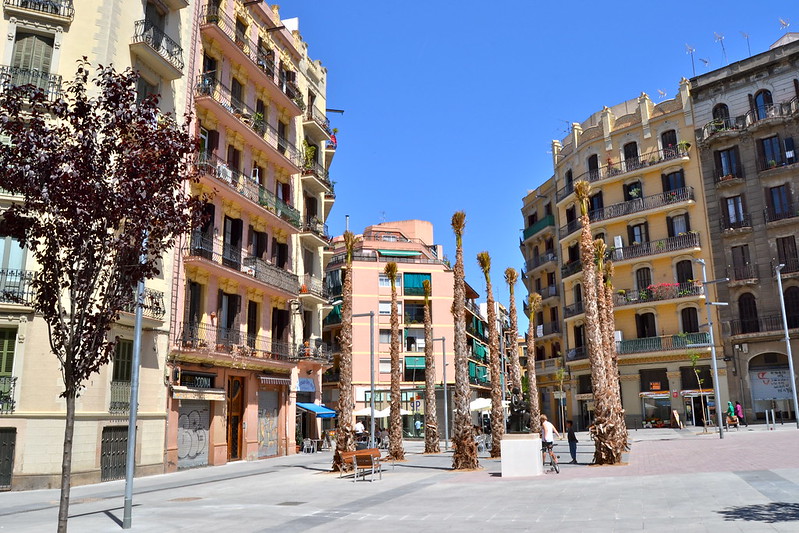
Tucked between Montjuïc hill and the bustling Parallel avenue, Poble Sec has transformed from a working-class district into one of Barcelona’s coolest foodie destinations. The neighborhood earned its name, which means ‘dry village,’ because it was one of the last areas in the city to get running water. Today, Carrer de Blai buzzes with pintxos bars where locals gather for evening drinks and small plates. The area feels like a village within the city, complete with narrow streets, small squares, and that authentic Barcelona vibe that’s getting harder to find in the tourist zones.
Sant Antoni
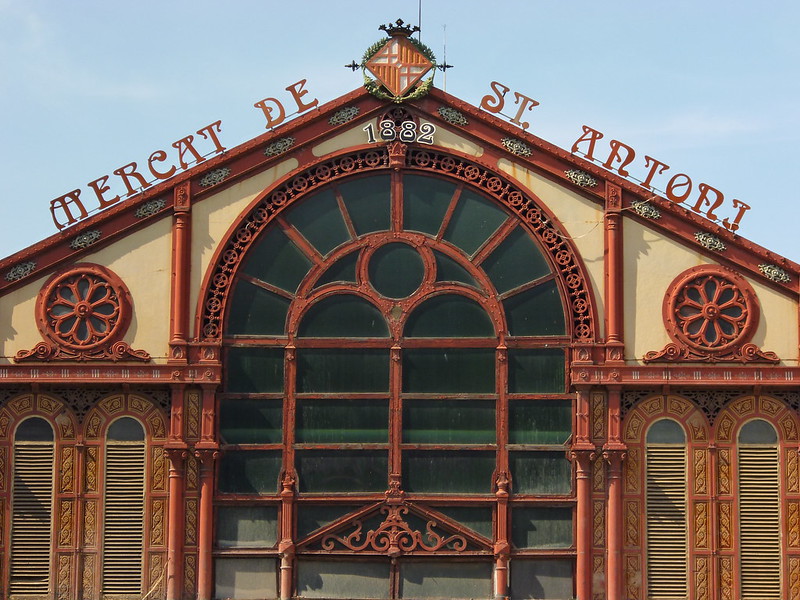
This triangular neighborhood sits just beyond the Eixample’s rigid grid system and offers a perfect blend of old and new Barcelona. The recently renovated Mercat de Sant Antoni serves as the district’s beating heart, where vendors sell everything from fresh produce to vintage books on Sundays. The streets around the market come alive in the evenings when locals spill out of the many bars and restaurants that have opened in recent years. Sant Antoni manages to maintain its residential character while embracing the creative energy that’s transforming this part of the city.
El Carmel
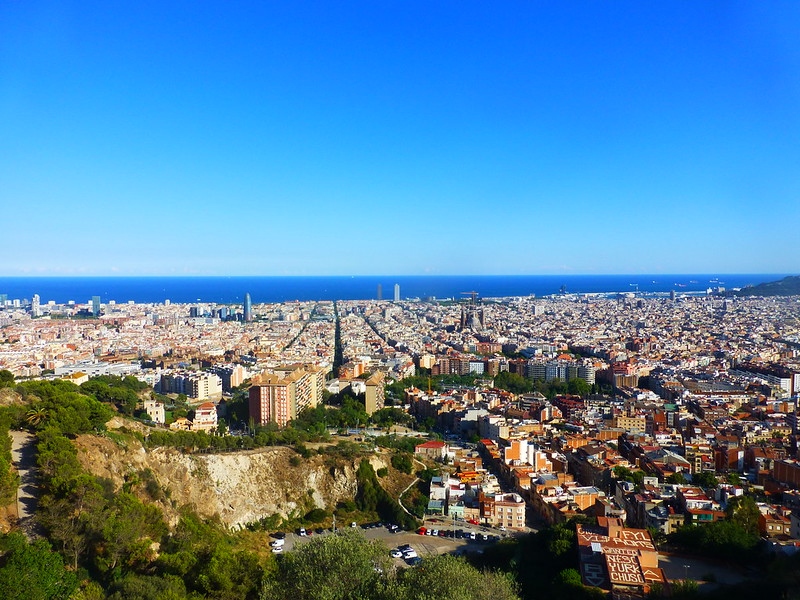
Perched high on the hills above central Barcelona, El Carmel gives you the city from a completely different perspective. This former working-class neighborhood still retains much of its original character, with narrow streets winding up the hillside and small plazas where neighbors gather to chat. The area offers some of the best views in Barcelona, especially from the Bunkers del Carmel, where you can see the entire city spread out below. Getting up here requires a bit of effort, but that’s exactly why it remains relatively untouched by mass tourism.
Poblenou
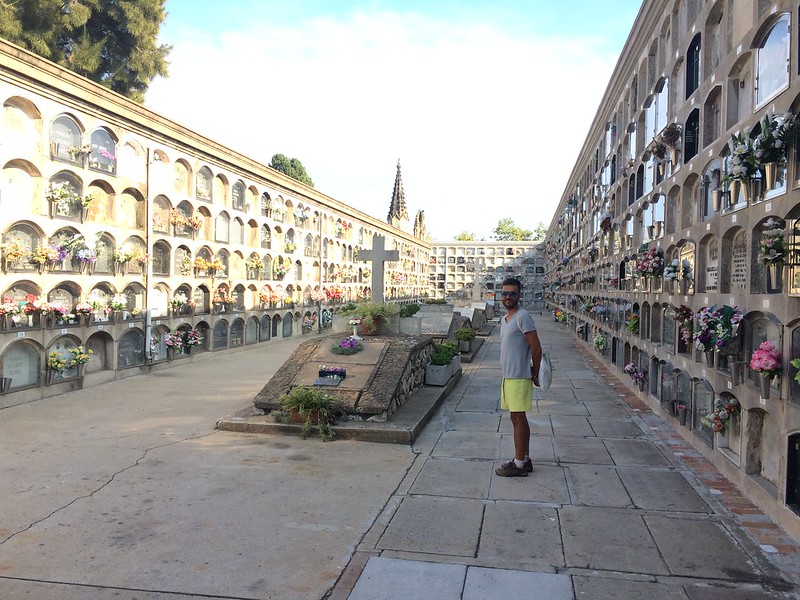
Once known as the ‘Manchester of Catalonia’ for its industrial heritage, Poblenou has reinvented itself as Barcelona’s innovation district. Old factories now house tech startups, design studios, and contemporary art galleries, creating a unique blend of industrial architecture and modern creativity. The neighborhood stretches to the beach, giving residents and visitors access to some of Barcelona’s best stretches of sand. Rambla del Poblenou, the area’s main pedestrian street, feels worlds away from its famous downtown counterpart, lined with cafes and small shops that cater to locals rather than tourists.
Hostafrancs
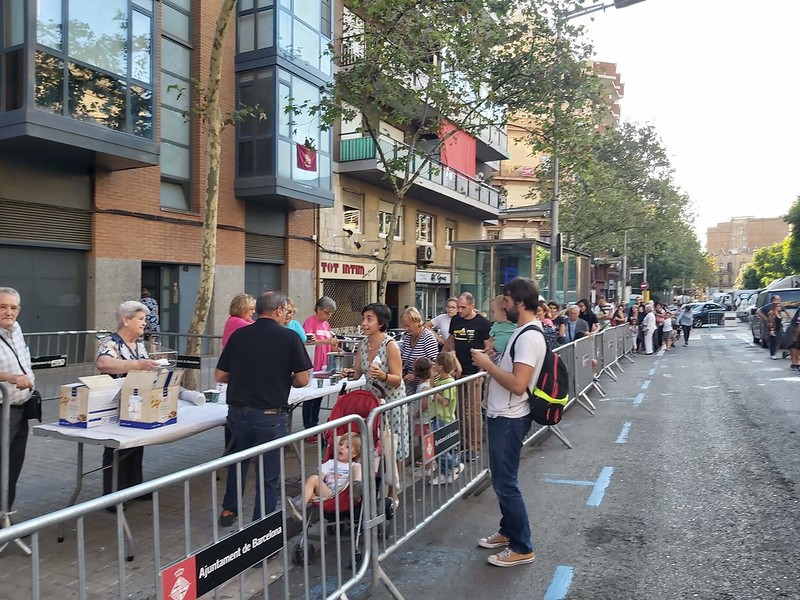
Sandwiched between Sants and Poble Sec, Hostafrancs often gets overlooked despite being home to some fantastic local gems. The neighborhood centers around Carrer de la Creu Coberta, a long pedestrian street that serves as the area’s commercial heart. Local markets, family-run restaurants, and traditional shops line the street, giving visitors a taste of everyday Barcelona life. The area also boasts easy access to Montjuïc while maintaining significantly lower prices than more touristy neighborhoods.
La Sagrera
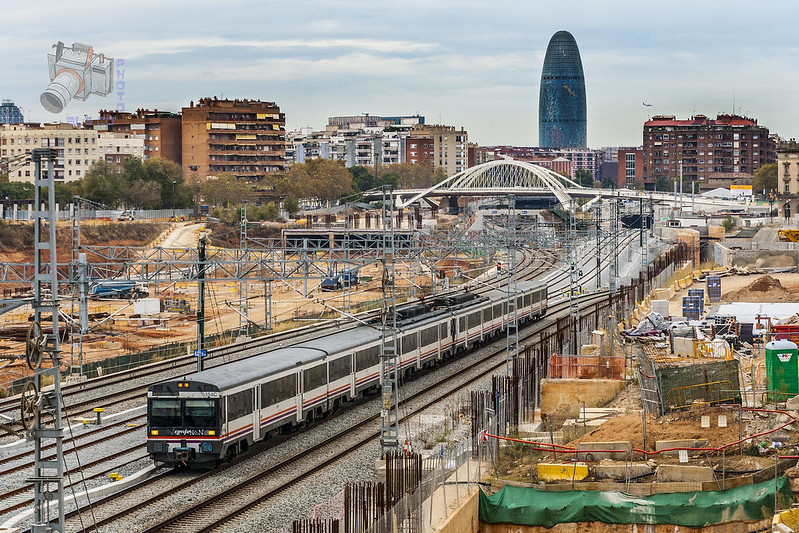
This northeastern neighborhood represents Barcelona’s future, with massive urban development projects transforming the area around the new high-speed train station. Despite all the construction and change, La Sagrera maintains pockets of old-world charm, particularly around its traditional market and the tree-lined streets that lead toward Sant Andreu. The neighborhood offers a fascinating glimpse into how Barcelona evolves, with century-old buildings standing next to sleek new developments. It’s not pretty everywhere, but that raw authenticity makes it interesting for visitors who want to see a side of Barcelona that guidebooks rarely mention.
Horta
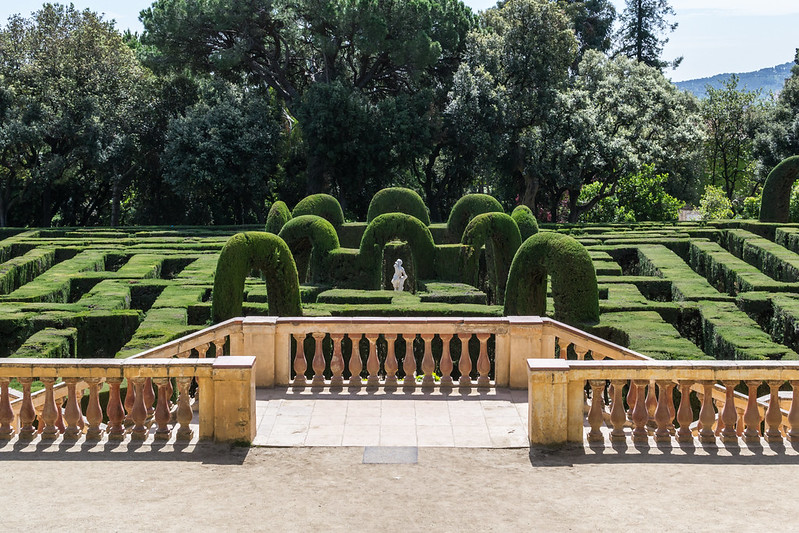
Nestled in the foothills of the Collserola mountains, Horta feels more like a small town than part of a major European city. The neighborhood’s crown jewel is the Parc del Laberint d’Horta, Barcelona’s oldest garden and home to an intricate hedge maze that dates back to the 18th century. Beyond the park, Horta’s winding streets and small plazas offer a peaceful escape from urban intensity. The area attracts families and retirees who appreciate the quieter pace of life and the easy access to hiking trails in the nearby hills.
Sant Andreu
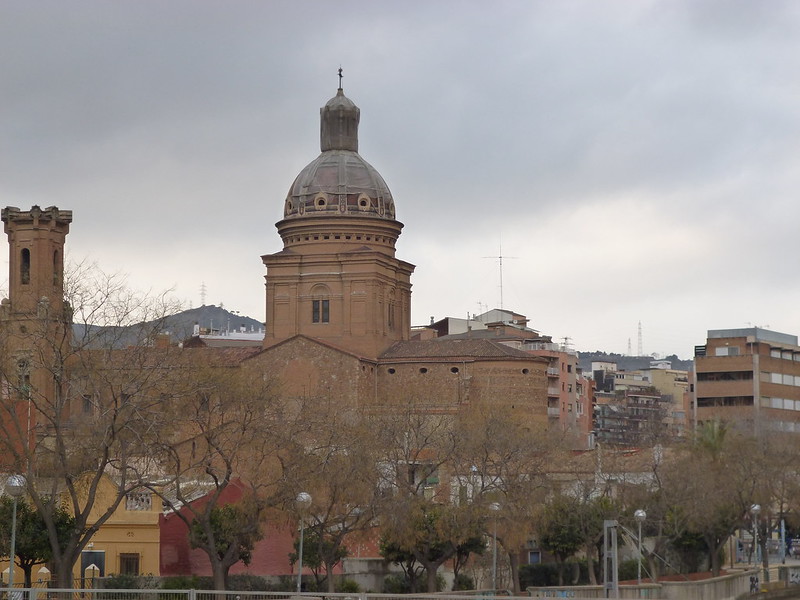
This former independent town became part of Barcelona in the early 20th century but still maintains its distinct identity and small-town feel. The neighborhood’s main street, Carrer Gran de Sant Andreu, stretches for over a mile and showcases beautiful modernist architecture alongside traditional Catalan buildings. Local festivals here feel genuinely community-driven rather than tourist-focused, and the area’s restaurants serve authentic Catalan cuisine at prices that won’t break the budget. Sant Andreu proves that you don’t need to venture far from central Barcelona to find authentic local culture.
El Clot
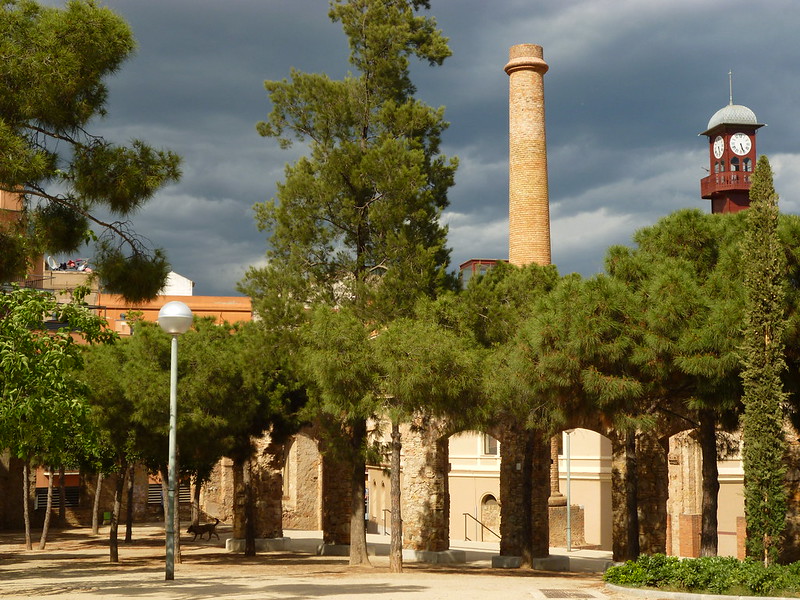
Wedged between several more famous neighborhoods, El Clot flies under the radar despite having excellent metro connections and a thriving local scene. The area centers around the Clot-Aragó metro station and the nearby Encants market, Barcelona’s largest flea market where you can find everything from vintage furniture to rare books. The neighborhood’s residential streets showcase beautiful examples of early 20th-century architecture, while its bars and restaurants cater primarily to locals. El Clot offers that sweet spot of urban convenience without the crowds that plague more central areas.
Vallcarca
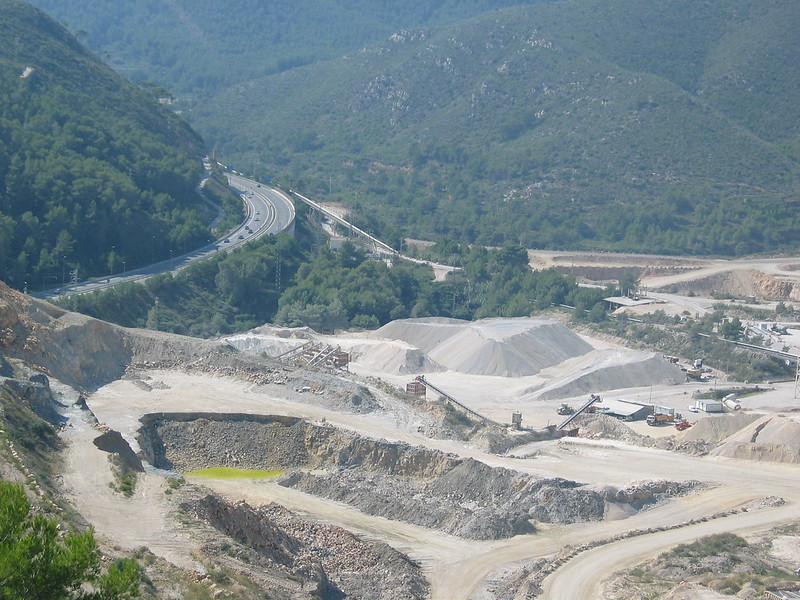
This hillside neighborhood offers some of Barcelona’s most dramatic topography, with steep streets that wind up toward Park Güell’s back entrance. The area’s name means ‘valley of limestone,’ a reference to the quarries that once operated here and provided stone for many of Barcelona’s famous buildings. Today, Vallcarca attracts artists and creative types who appreciate the area’s bohemian atmosphere and relatively affordable housing. The neighborhood’s elevated position provides stunning views over the city, especially from its small parks and viewpoints.
Camp de l’Arpa
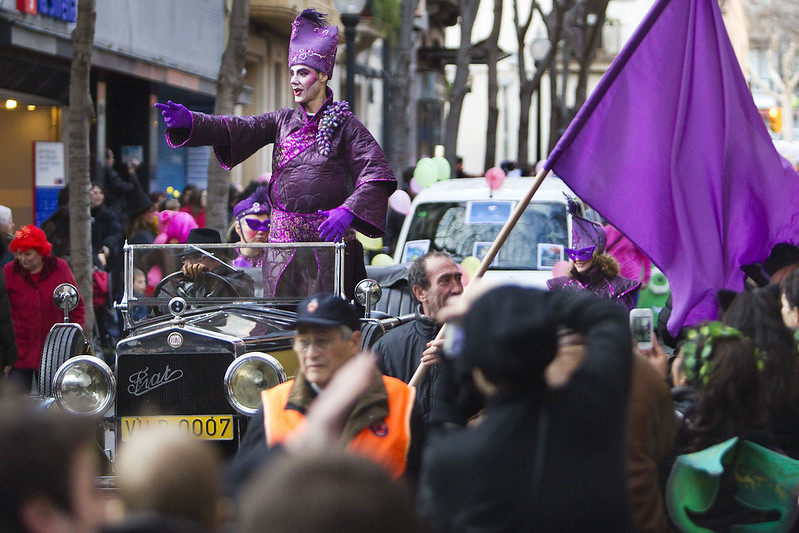
Named after a long-demolished concert hall called L’Arpa d’Or, this Eixample neighborhood maintains a distinctly local character despite its central location. The area surrounds the beautiful Sagrada Familia but manages to avoid most of the tourist chaos that plagues the basilica’s immediate vicinity. Camp de l’Arpa’s grid of streets follows Cerdà’s original urban plan, creating a series of small blocks filled with local businesses, neighborhood bars, and residential buildings. The contrast between the area’s everyday life and the nearby tourist spectacle makes it particularly fascinating to explore.
La Prosperitat
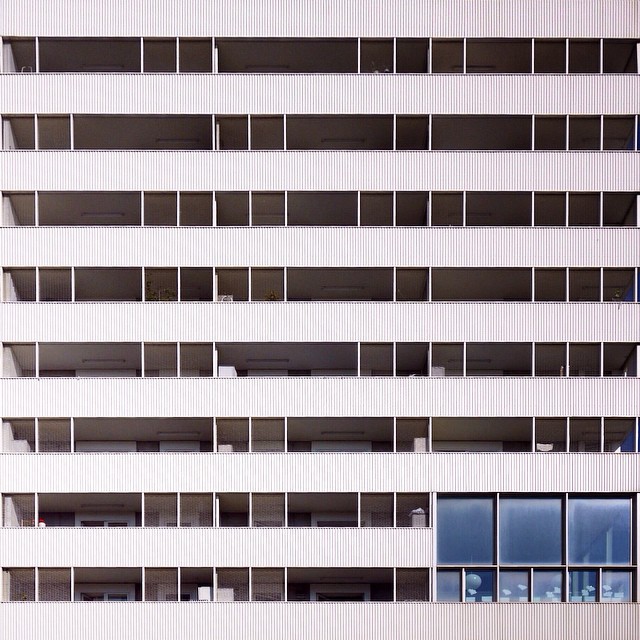
This northern neighborhood earned its optimistic name during Barcelona’s industrial boom, when workers flocked here seeking prosperity and a better life. While the area faced economic challenges in later decades, recent investment and urban renewal projects have brought new energy to its streets. La Prosperitat centers around Via Júlia, a wide avenue lined with shops, cafes, and community centers that serve the diverse population. The neighborhood offers a glimpse into working-class Barcelona and the challenges and opportunities that come with urban transformation.
El Guinardó
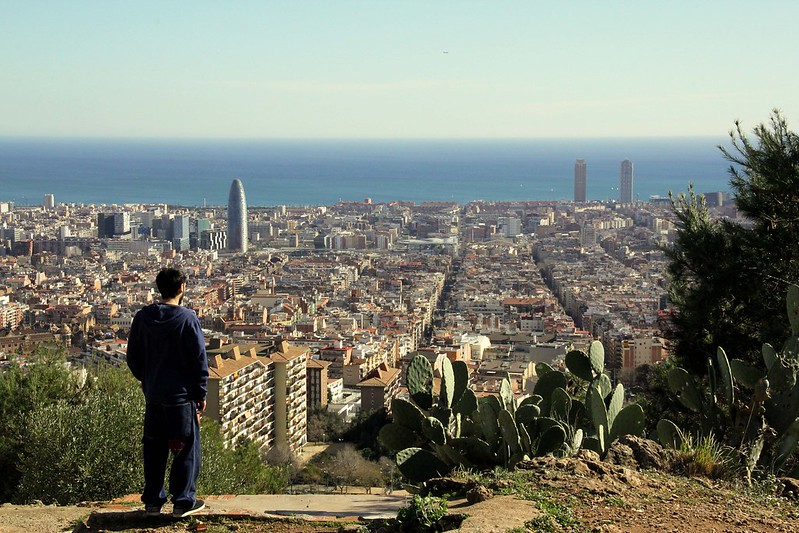
Spread across several hills in Barcelona’s upper reaches, El Guinardó feels like a collection of small villages connected by winding roads and staircases. The neighborhood takes its name from a medieval watchtower that once stood here, and today it offers some of the city’s best panoramic views. Park Güell’s main entrance sits at the neighborhood’s edge, but most visitors never venture into the residential streets beyond. El Guinardó’s elevated position and steep terrain have protected it from over-development, preserving a more traditional way of life that’s increasingly rare in Barcelona.
Navas
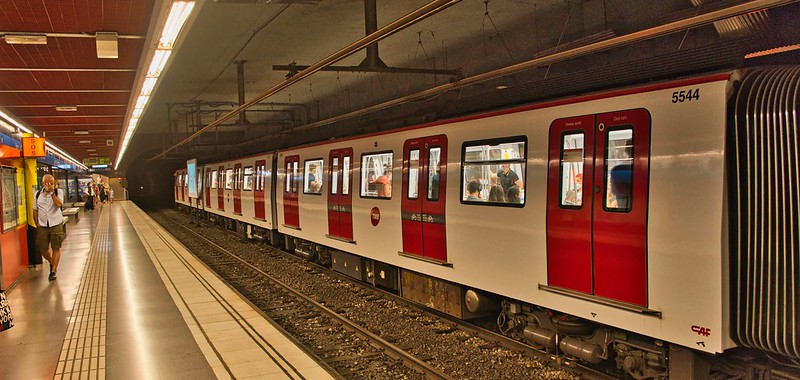
This small neighborhood sits at the intersection of several major districts but maintains its own distinct identity and community feel. Navas centers around its metro station and the surrounding commercial area, where local shops and restaurants serve a primarily residential population. The area’s narrow streets and small apartment buildings reflect Barcelona’s more modest architectural heritage, offering a contrast to the grand modernist buildings found in wealthier districts. Despite its modest appearance, Navas provides excellent value and authentic local experiences for visitors willing to venture beyond the obvious tourist zones.
Verdun
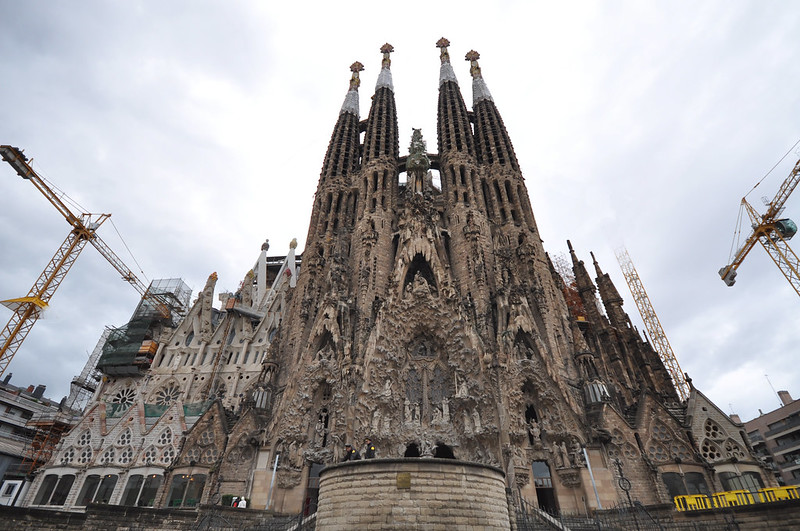
Perched on the slopes above the Sagrada Familia, Verdun offers spectacular views of Gaudí’s masterpiece without the crowds that gather at street level. This small residential neighborhood consists mainly of narrow streets lined with low-rise apartment buildings and small local businesses. The area’s elevated position means getting here requires a bit of climbing, either on foot or via the neighborhood’s steep bus routes. That extra effort pays off with authentic local atmosphere and some of the best photo opportunities of Barcelona’s most famous landmark from an angle most tourists never see.
Torre Baró
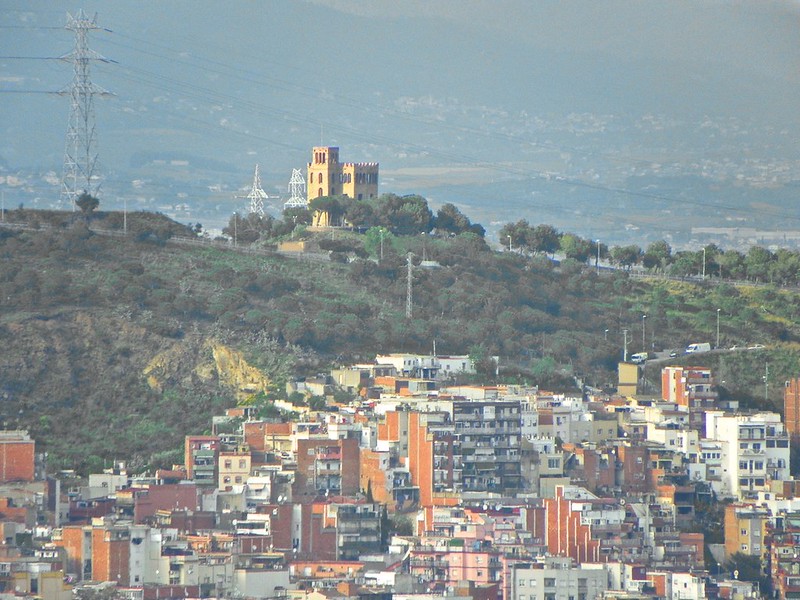
Located in Barcelona’s far northern reaches, Torre Baró represents one of the city’s most dramatic urban landscapes, with apartment blocks carved into steep hillsides that offer incredible views over the entire metropolitan area. The neighborhood developed rapidly during the 1960s and 70s as Barcelona expanded to accommodate rural migrants seeking urban opportunities. While Torre Baró faces economic challenges, community organizations and local initiatives have created vibrant cultural spaces and maintained strong neighborhood solidarity. The area provides insight into Barcelona’s urban development and the resilience of communities that often remain invisible to casual visitors.
Barcelona’s Living Laboratory
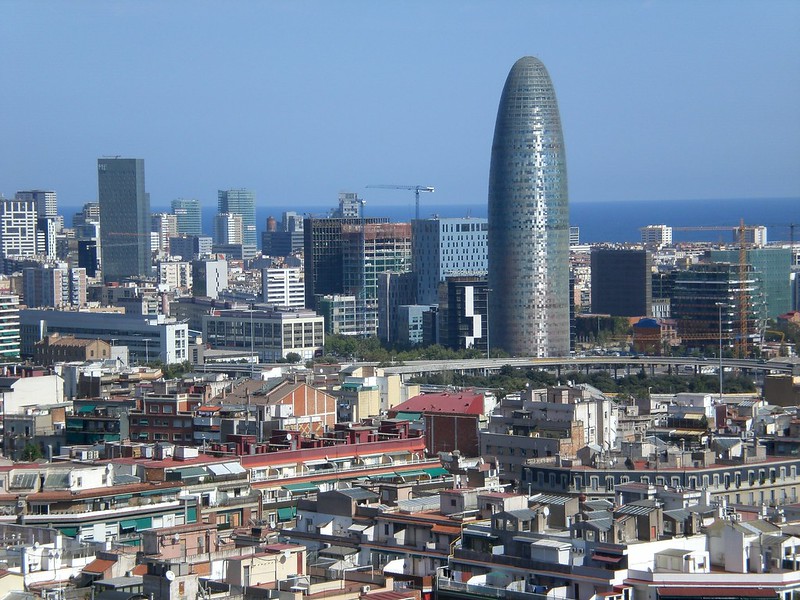
These hidden neighborhoods reveal Barcelona’s true character as a living, breathing city rather than an open-air museum designed for tourists. Each barrio tells part of the larger story of how Barcelona evolved from a collection of independent towns into a modern metropolis while somehow maintaining distinct local identities. The city’s real magic happens in these everyday spaces where neighbors still know each other’s names and local traditions survive alongside constant change.
Exploring these areas won’t just show you different parts of Barcelona — it will give you a deeper understanding of what makes this city so special and why locals fight so hard to preserve its authentic character. These neighborhoods remind us that the best travel experiences often happen when we step away from the guidebook and discover the places where real life unfolds.
More from Travel Pug

- 20 Best Beach Towns in the Carolinas
- 13 Destinations Where Tourists Regularly Regret Their Trip
- 20 Things You Actually Get in First Class
- 20 Small Airports With Aviation Museums
- 20 Places in the U.S. That Are Perfect for a Reset Trip
Like Travel Pug’s content? Follow us on MSN.
